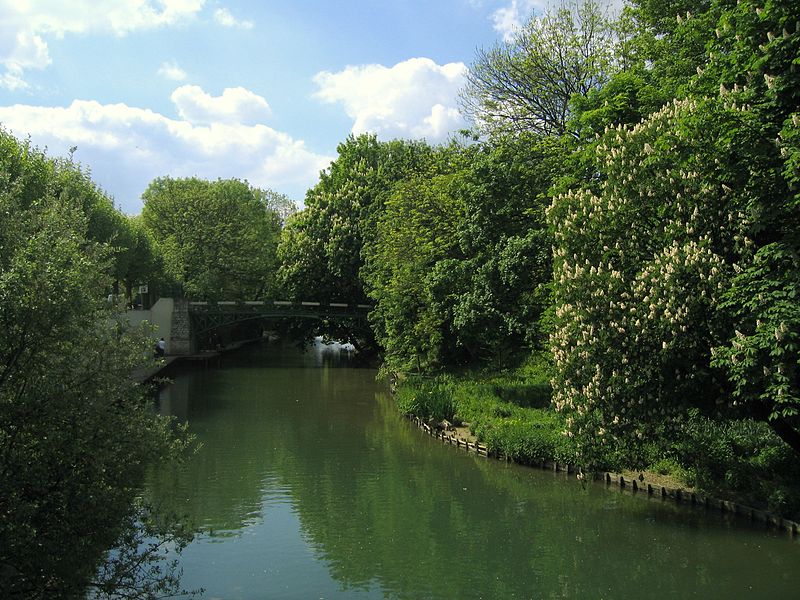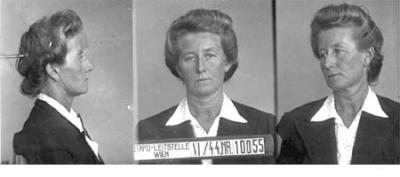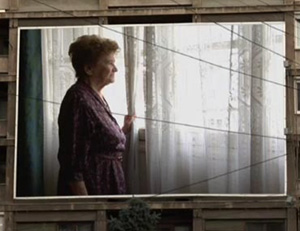Imagine the scene: a June day in 1943, on the banks of the Marne, east of Paris. Young men and young women are swimming, then chatting in the shade. Because they are wearing very little and having fun it is unlikely that anyone passing by, even a Gestapo agent, might suspect that they are engaging in resistance activity. And that though this is France, the young people are in fact Romanian, Austrian and German.
Transnational approaches
In recent years, it has become fashionable to see resistance movements in German-occupied Europe not only as national – composed of nationals liberating their own country – but as transnational, people displaced from their country of origin, intending to liberate it when they can but for the moment working together with other displaced people wherever they found themselves in occupied Europe. On rare but fascinating occasions, transnational resistance might also operate across the frontier between occupiers and occupied, between people who were in theory on different sides of the war.
Three characters
One of the young women on the banks of the Marne was Irma Rosenberg, who had fled to Paris in 1937 from Romania where she was persecuted doubly as Jewish and communist. She lived with another Romanian communist, Julien Mico, who joined the urban guerrilla resistance promoted by the organisation of foreign communists in France, the Main d’Oeuvre Immigrée (MOI). Irma joined another resistance network of the MOI, called Travail allemand or German Work, whose task it was to befriend German soldiers in cafés, department stores and tourist sites, and persuade them to desert, since Hitler was going to lose the war. German soldiers were often only too glad to talk to young women who did not look at them as the enemy, and spoke German. Another of the women was Lisa Bechmann, codename Maria, a Viennese communist who had come to Paris in 1927, married a Yugoslav communist called Milan Gavric, and served as a nurse with the International Brigades in Spain.
Meanwhile, one of the men on the bank was Hans Heisel, a working-class 21-year old, in the communications unit of the German Navy Ministry on the Place de la Concorde. Although he had been in the Hitler Youth, he was brought to question the Nazi occupation by his Yugoslav tailor, who was a communist, and by a comrade in the Ministry, Artur Eberhard, a singer by training, who opened his eyes to Beethoven’s Ninth and the French Revolution. He was then put in touch with Travail allemand and was invited to a swimming party to learn more about how it worked.
A conversion experience
Converted to the cause, Hans Heisel began covert propaganda in the German army, hiding anti-Nazi flyers in toilet rolls in the cafés and restaurants used by German soldiers. The communist resistance in France was always short of weapons, and when Maria asked him to procure a revolver urgently, he stole one from a belt handing up in a café reserved for the Wehrmacht. This served for a major operation by a Polish Jew, a German Jew, an Italian anti-fascist and a Spanish republican, who shot dead SS Colonel Julius Ritter in a Paris street on 28 September 1943.
It is not always easy to find a ‘transnational moment’ in which resisters from different nationalities and sides of the conflict came together and took part in a joint action. But in a 2009 interview Hans Heisel said, ‘The experience I had in Paris completely transformed me, made me into a true human being. Arthur saturated me with the ideas of the French Revolution, Maria persuaded me of the criminal nature of Nazism and of the need for solidarity between peoples. If there is a period of my life that I don’t in the least regret, it is that one’.
Afterlives
This encounter has an effect on all three characters. Hans Heisel took part in the liberation of Paris with French resisters and the liberation of Germany with the ‘Paris regiment’ of communist resister Pierre Georges, aka Colonel Fabien, who was killed at the front. Heisel returned to his native Bavaria and became worked in the Communist Youth Movement, but at the height of the Cold War in 1956, when the German Communist Party was banned in West Germany, spent 15 months in prison. Lisa Gavric was sent on a mission to Austria, where she was arrested by the Gestapo. She survived Ravensbrück and in 1948 went with her husband to Belgrade to help build the new socialist society in Yugoslavia. Irma Mico was pressed by the Romanian Communist Party, in power under the auspices of the Soviet Union after the war, to return with her husband to Romania, but she foresaw the harshness with which resisters with expose to the West would be treated, and remained in France. Franco-Israeli director Yonathan Levy made a film about her, entitled Das Kind, in 2010.
Notes
1. Claude Collin, Le Travail allemand. Uneorganisation de la résistance au sein de la Wehrmacht (Paris, Les indes savantes, 2013), 100-1.


